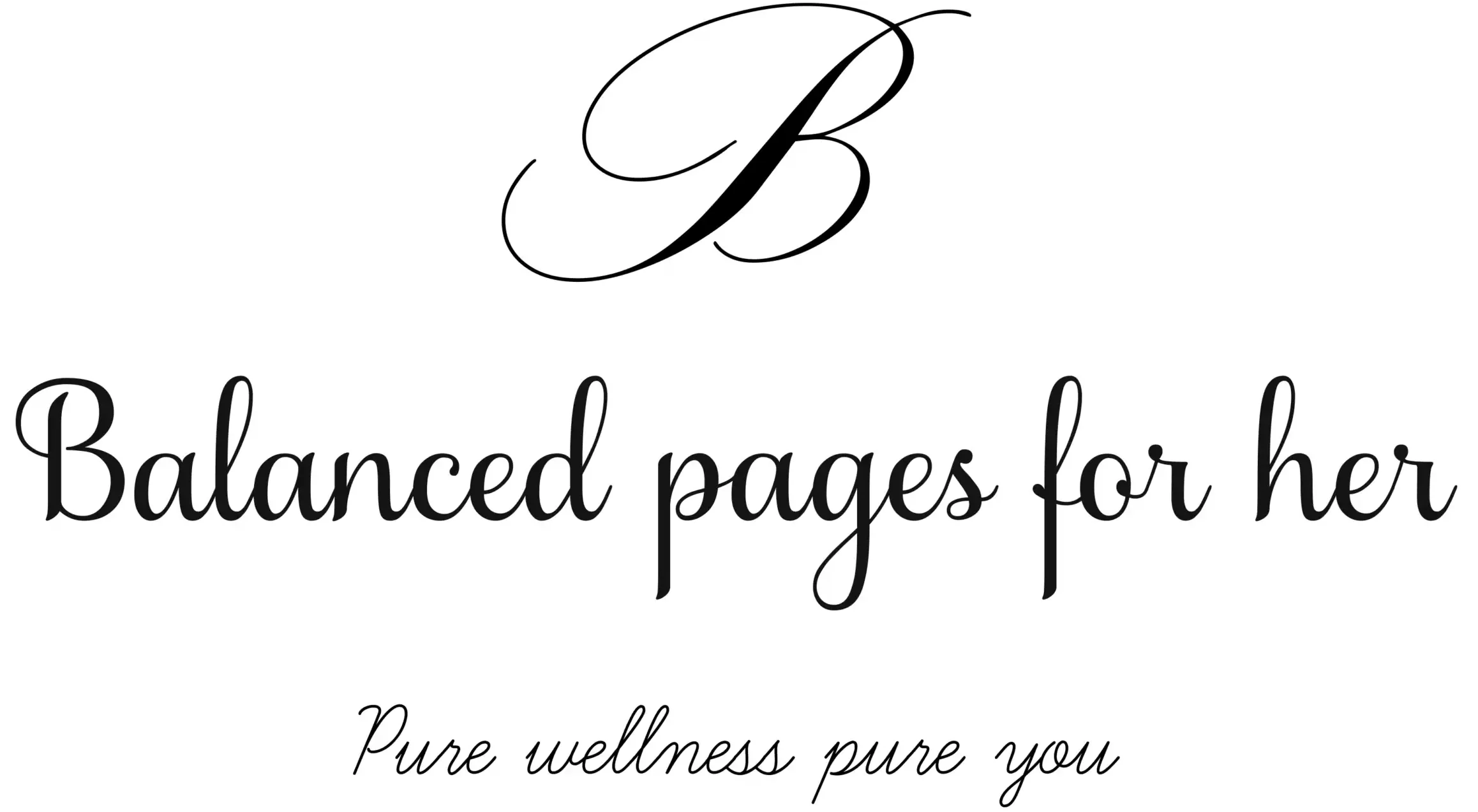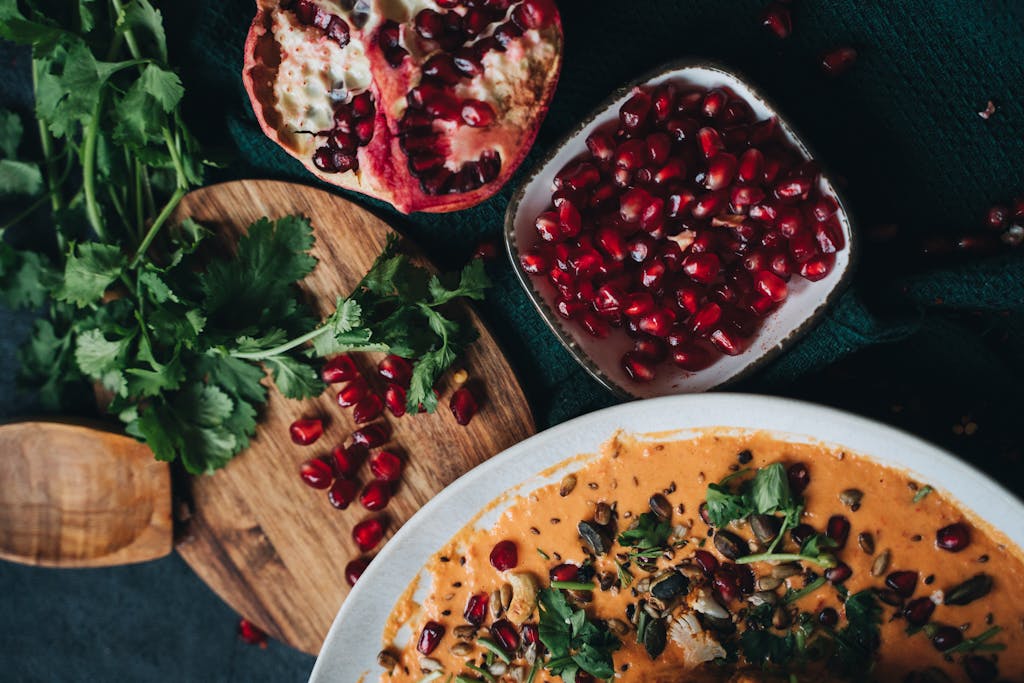“Decode Your Food: A Simple Guide to Reading Nutrition Labels Like a Pro”

Have you ever stood in the grocery aisle, flipping over a package to read the food label—only to feel confused or overwhelmed by all the numbers and ingredients? You’re not alone. In a world filled with marketing buzzwords like “low fat,” “all natural,” or “high protein,” the nutrition label is your secret weapon for seeing what’s really inside your food.
Whether you’re on a health journey, trying to lose weight, managing stress, or simply being more mindful about what you eat, learning to read a food label is a powerful step. This guide will walk you through it in a simple, clear, and calm way—no nutrition degree required.
1. Start With the Serving Size (It Sets the Stage)
The very first thing to look at is the serving size—not the calories, not the sugar. Why? Because all the information on the label is based on this serving size. If a serving is ½ cup and you eat a full cup, you’re getting double everything: calories, sugar, fat, sodium—you name it.
👉 Tip: Compare the serving size to what you actually eat. It’s easy to underestimate.
2. Check the Calories (But Look Deeper)
Calories tell you how much energy you’ll get from one serving. This matters if you’re tracking your intake for weight loss, energy balance, or overall awareness. But calories alone don’t tell the whole story. A 100-calorie snack made with whole foods is very different from a 100-calorie snack full of additives and sugar.
👉 Look deeper: What are those calories made of? Are they mostly from sugar or healthy fats? Are there nutrients included?
3. Watch Out for Added Sugars
This one’s big—especially if you’re trying to cut back on sugar to improve energy, reduce inflammation, or support weight loss. On most labels, you’ll see:
- Total Sugars (which includes natural sugars like in fruit or dairy)
- Added Sugars (the ones you really want to watch)
The American Heart Association recommends no more than 25g of added sugar per day for women—that’s about 6 teaspoons.
👉 Example: If your granola bar has 14g of added sugar, that’s already over half your daily limit… in one snack.
Not all fats are bad. Healthy fats like those from nuts, seeds, and avocado support brain health, hormones, and skin. But trans fats (often found in processed baked goods) and high levels of saturated fats (from fried or fatty animal products) can contribute to heart issues when eaten in excess.
4. Understand the Fats
The fats section usually breaks down like this:
- Total Fat
- Saturated Fat
- Trans Fat
👉 Aim for:
- Low or zero trans fats
- Moderate saturated fats
- Whole food sources of fat when possible
5. Sodium: The Sneaky One
Sodium, or salt, can quietly sneak into even “healthy-looking” foods like soups, sauces, and frozen meals. Too much sodium can lead to bloating, water retention, and higher blood pressure.
👉 Watch for:
- More than 400–500mg per serving is considered high
- Daily goal: ideally under 2,300mg (and even lower if you’re managing blood pressure)
6. Fiber: Your Gut’s Best Friend
Fiber is crucial for digestion, gut health, and feeling full. It’s especially important if you’re focused on weight loss, hormone balance, or reducing sugar cravings.
👉 Look for:
- At least 3–5g of fiber per serving in snacks, cereals, or breads
- More whole grains and plant-based foods = more natural fiber
7. Protein: Essential, but Don’t Be Fooled
Protein helps build muscle, stabilize blood sugar, and keep you full longer. It’s often a highlight on packaged foods—but more doesn’t always mean better. Some “high protein” snacks are also full of artificial sweeteners and preservatives.
👉 Better sources: Look for real food ingredients—like nuts, seeds, beans, eggs, or minimally processed protein powders.
8. The Ingredients List: Where the Truth Hides
Here’s where things get interesting.
Ingredients are listed in order of quantity, from most to least. So if sugar is one of the first three ingredients, it’s a major part of that food—even if the label says “natural” or “organic.”
Things to watch for:
- Multiple forms of sugar (honey, cane juice, corn syrup, brown rice syrup, fructose—yes, it’s all sugar)
- Artificial ingredients, dyes, or unrecognizable chemicals
- Long lists of ingredients in simple foods
👉 Rule of thumb: If you can’t pronounce half the ingredients, it’s probably not the cleanest choice.
9. Marketing Claims ≠ Nutritional Truth
Just because something says “gluten-free,” “low carb,” or “organic” doesn’t automatically make it healthy. These labels are regulated loosely, and can sometimes be misleading.
👉 Examples of sneaky labels:
- “Sugar-free” may still have artificial sweeteners
- “Whole grain” may only include a tiny amount of actual whole grain
- “Low fat” can often mean high sugar to make up for lost flavor
Always check the full label. The front is marketing. The back is the truth.
10. Trust Your Body Over the Hype
Final Thoughts: It Doesn’t Have to Be Perfect
Finally, no label can replace how your body feels. The more you learn to tune into your own energy, digestion, cravings, and mood after eating, the more empowered you become. Food labels are tools—but you are the expert on what feels good for your body.
Reading food labels isn’t about restriction—it’s about awareness. You don’t have to become obsessive or read every single label forever. But by learning the basics, you can make more intentional choices and feel more confident in your kitchen, grocery store, and everyday wellness journey.
So the next time you pick up a package, flip it over. Take a quick glance at the serving size, sugar, ingredients, and fiber. Over time, it’ll become second nature—and your body will thank you for it.
Want more easy wellness tips like this?
Check out my wellness guides or follow me on Instagram for daily inspiration on eating well, feeling good, and living with intention. 🌿

